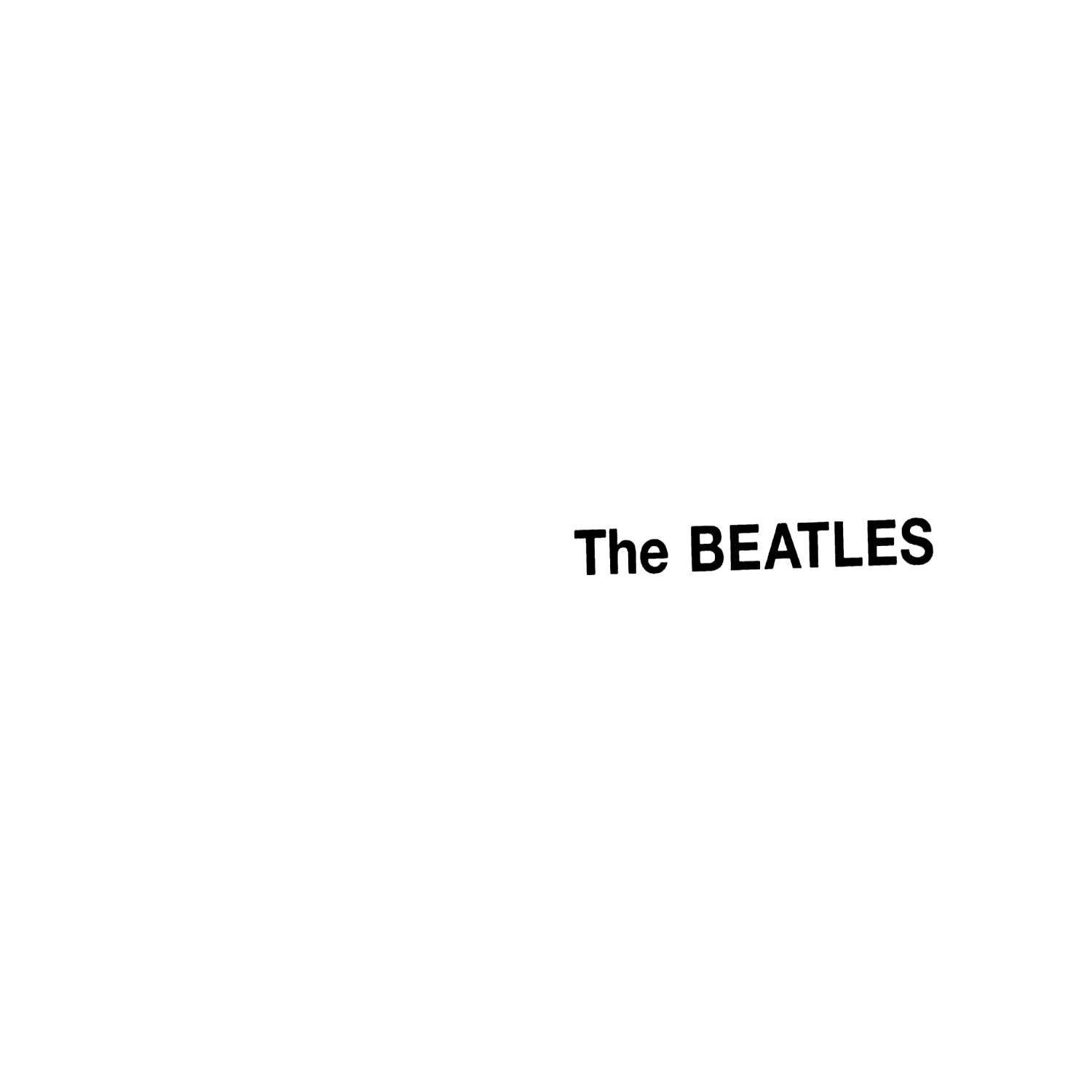We recently posted an article on Yoko Ono‘s open letter to the critics. You can read that here. This story made me think of one of the greatest bands ever, and one of my personal favourites, The Beatles.
In their prime, they were the biggest stars in the world. With plenty of sold out tours, consecutive weeks at number one on the charts and of course, the flabbergasting, addictive effect they had on their fans. They have since become gods in the music industry – their legacy has shaped the world of music, and influenced countless others.
But which of their albums most embodies this impact on the world?
Obviously, given the fact that there are twelve to choose from, this is a difficult decision. So I decided to go what was said to be one of the greatest albums in history; their self-titled album. The Beatles, known as The White Album, was their ninth studio album and their first double-length release.
Released in 1968, it was made during their most creative period. It was also a difficult time for the group, due to the conflict between the members, becoming so tense that Ringo Starr actually left the band while they were recording. The remaining members had to fill in for him and his drumming until he returned.
Following production, the album had 30 tracks. With a mix of catchy singles and emotional ballads, their was something for every Beatles fan.
Side One has some of their most well-known songs, such as Dear Prudence and While My Guitar Gently Weeps. One of my all time favourite Beatles songs, Ob-La-Di, Ob-La-Da, is among them. It does exactly what music should do: make people feel something. In this case, it’s happiness. You can really hear how much fun the band is having as they are performing this song and in turn, that’s what fans love the most. I also love Back To The USSR, one of the songs recorded sans Starr. Despite his absence they seem to have made the most of a bad situation, as there’s still a lot of power behind the track. Overall, a strong first quarter for a mammoth of an album.
Side Two features a few songs which were completely produced by a single member as a solo. Martha My Dear, for example, is led by Paul McCartney, backed by session musicians. It also includes Starr’s first solo composition, Don’t Pass Me By. While the tune is bright and upbeat, the lyrical composition is moving – they portray the idea of mourning a lost loved one and how difficult it is to let them go. Overall, the songs on this side of the album show the individuality of each of the members; that they are more than just ‘The Beatles’.
Side Three definitely contains some of the heaviest songs on the album – and some of the most intense of their career. Birthday is strong enough to have been the opening on a whole new album, with that memorable tune, so easy to have stuck in your head for days. Long, Long, Long, one of George Harrison’s four tracks on the album, stands out. It’s much softer than the others on the third side of the album (that’s a good thing.) The lyrics are honest and pure, meshing well with the simple backing track. It leaves me with one thought: Harrison really should have written more songs for this album.
One of my favourite things in life is the fact that nothing can ever be perfect. The imperfection of this album is made clear with the misses on Side Four. I’ll admit it does contain a lot of forgettable songs that do seem unnecessary. Revolution 9 does sound like a bunch of different noises slopped together. There is no clear tune, rendering the entire ‘song’ disposable. However, it does symbolise the innovative nature of the album and the uniqueness of John Lennon’s creativity. The final track Good Night ends the album on a positive note.
Some people argue that the album should have been released as a single album, including their manager and some of the band members.
McCartney said this in response to those claims:
“I think it was a very good album. It stood up, but it wasn’t a pleasant one to make. Then again, sometimes those things work for your art. The fact that it’s got so much on it is one of the things that’s cool about it. The songs are very varied. I think it’s a fine album.
I don’t remember the reaction. Now I release records and I watch to see who likes it and how it does. But with The Beatles, I can’t ever remember scouring the charts to see what number it had come in at. I assume we hoped that people would like it. We just put it out and got on with life. A lot of our friends liked it and that was mainly what we were concerned with. If your mates liked it, the boutiques played it and it was played wherever you went – that was a sign of success for us.”
In her letter, Yoko’s main message was, “Let me be me!” In the album, The Beatles say the same thing, not only to their fans and the critics, but also to each other. They all had different ways of expressing themselves in their art. Despite the differences in opinion, they stood their ground and fought for what they wanted. I applaud them for that.

